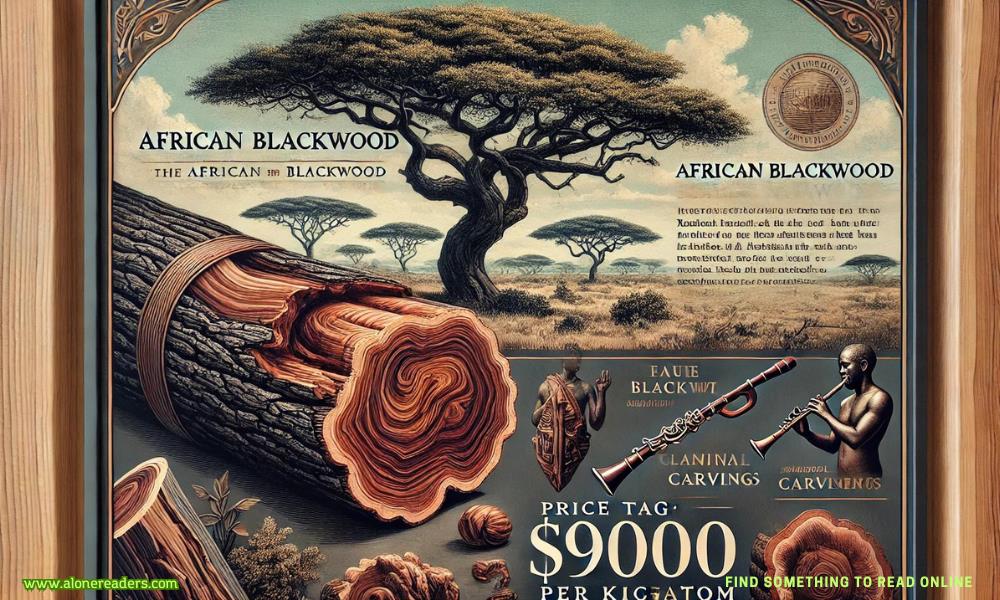
African blackwood is widely regarded as the most expensive and rare wood in the world. Its scientific name, Dalbergia melanoxylon, may not be well-known, but its incredible value and properties make it a highly sought-after material for specialized uses. Found mainly in Africa, particularly in regions such as Tanzania and Mozambique, this precious wood commands a price of $9,000 per kilogram. The scarcity of African blackwood, combined with the long time it takes to mature, has made it one of the most luxurious and prized resources in the world.
The journey of African blackwood from a sapling to a fully-grown tree is a lengthy one. It takes about 50 years for this tree to reach a stage where it can be harvested, contributing to its extreme rarity. The long maturation process, coupled with deforestation and other environmental challenges in the regions where it grows, has significantly impacted the availability of this wood. African blackwood has traditionally been used to craft high-end musical instruments, such as clarinets, oboes, and bagpipes, due to its excellent tonal qualities. Its density and fine grain make it perfect for these instruments, and its durability ensures that it lasts for generations.
Aside from musical instruments, African blackwood is also favored in the creation of luxury items such as high-end furniture, fine carvings, and exquisite inlays for various decorative pieces. The beauty of this wood lies in its dark, almost ebony-like appearance, which gives it a distinctive, rich look that is difficult to replicate with other materials. Its hardness, which is often compared to that of metal, allows artisans to craft intricate designs and details, making it a preferred choice for those looking for both beauty and longevity in their products.
The high price of African blackwood is not only driven by its rarity and the time it takes to grow but also by the labor-intensive process of harvesting and processing the wood. Since the tree is often found in remote and hard-to-reach areas of Africa, getting the wood from the forest to the marketplace can be a challenging and costly task. Additionally, the yield from each tree is relatively low, meaning that even after decades of growth, the amount of usable wood is limited. This further drives up the price, as there is always a demand for this luxurious material, but the supply remains extremely limited.
Efforts are being made to conserve African blackwood, as over-harvesting and habitat loss have placed the species under threat. In some regions, reforestation projects have been implemented to ensure the sustainability of this valuable resource. However, the long growth period means that any replanting efforts will take decades to bear fruit, which makes the conservation of existing trees even more critical.
For many people, African blackwood is a symbol of craftsmanship, artistry, and the preservation of tradition. Its use in musical instruments, in particular, connects it to a cultural heritage that spans centuries. Musicians who play instruments made from this wood often speak of its unique sound and how it brings an unmatched warmth and resonance to their music. For woodworkers and artisans, African blackwood represents a challenge and a reward—its hardness and density require skill and patience to work with, but the results are nothing short of extraordinary.
In conclusion, African blackwood’s status as the most expensive wood in the world is not just due to its rarity but also its unique properties and the extraordinary efforts needed to cultivate, harvest, and craft it into something beautiful. Its journey from a sapling to a mature tree spans half a century, making it a true treasure of the natural world. For those who work with or appreciate this wood, it is more than just a material—it is a legacy of nature’s beauty and a testament to human craftsmanship.